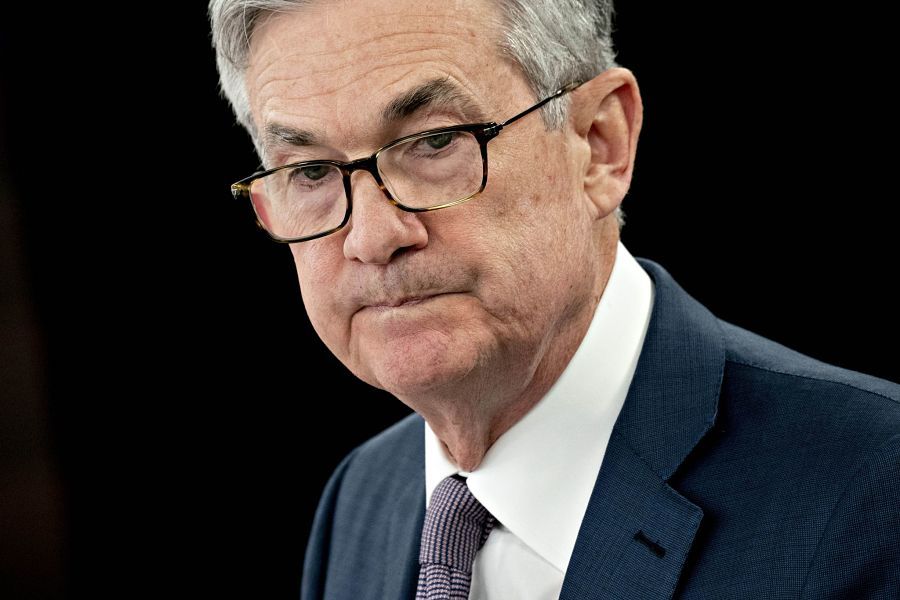How ‘smart beta’ ETFs turned closet indexing into a winner
Actively managed equity mutual funds that don't make big bets versus their benchmarks have been shunned by investors, but a handful of funds that rely on factors or “smart beta” have proven that you don't need to make big bets to outperform.
Actively managed equity mutual funds that don’t make big bets versus their benchmarks have been shunned by investors, but a handful of funds that rely on factors, or “smart beta,” have proved that you don’t need to make big bets to outperform.
The common refrain among researchers and pundits these days is that the only actively managed funds worth investing in are the ones with a high active share, which is a measure of how much a fund differs from its benchmark.
There is research to back it up.
A fund with a high active share, or more than 70% of assets that are different from the index, has the best chance of outperforming an index, according to research by a pair of Yale finance professors in 2006.
Funds with high active share are a dying breed, though.
Only about 20% of mutual fund assets are in equity funds with a high active share, down from 40% in the early 1990s and 60% in the 1980s, according to the study.
The majority of mutual funds that don’t have a high active share have come to be labeled “closet indexers” and are generally blamed for the poor average performance of mutual funds.
Only 35% of large-cap-value funds, for example, have outperformed the S&P 500 Value Index over the five-year period ended June 30, according to Standard and Poor’s.
Although it seems logical that a mutual fund manager would have to invest differently from a benchmark in order to beat it, factor investing has turned that notion on its head.
Take the $2.1 billion PowerShares FTSE RAFI 1000 ETF (RFP), for instance.
This large-cap-value exchange-traded fund has a cringe-worthy active share of 35% versus its benchmark Russell 1000 Value Index, according to Morningstar Inc. That generally would earn it the label of closet indexer.
Yet it managed to beat 85% of large-cap-value funds over the past five-year period, 83% over the three-year period and 87% of large-cap-value funds year-to-date as of Oct. 21, according to Morningstar.
Similarly, the $11.8 billion DFA Large Cap Value Fund (DFLVX) and its unimpressive 59% active share have finished in the top 10% of large-cap-value funds over the trailing five-year and three-year periods, and year-to-date.
Both funds have a low active share primarily because they aren’t making big bets on single companies. Instead, they are making lots of little bets based on factors such as value and giving smaller companies a larger weight. That leads to different weightings than their benchmarks.
Those little factor bets are only a piece of the puzzle, though. The real trick that the funds pull off goes back to something that the venerable John C. Bogle realized more than 30 years ago: The less investors pay in fees, the more return they get to keep.
Both funds charge below the large-cap-value fund’s average 1.19% expense ratio. The PowerShares ETF charges 39 basis points, and the DFA fund charges just 27.
Furthermore, both funds cut down significantly on the hidden costs of trading by keeping turnover low.
Read the counterpoint from Rick Ferri: Smart beta is silly talk
A study by the Center for Retirement Research at Boston College in 2009 estimated that the average mutual fund loses about 0.66% of performance a year due to trading costs.
The DFA fund has an annual turnover of just 10%, and the PowerShares ETF has an annual turnover of 13%. That’s far below large-cap-value funds’ average 68% annual turnover.
The DFA fund and the PowerShares ETF are just two of the longer-running examples of the benefits of low costs to a strategy that is trying to beat a market-cap-weighted benchmark, even if there isn’t a manager swinging for the fences in charge.
The examples are only going to get more numerous over time. BlackRock Inc.’s iShares unit, Charles Schwab Investment Management and FlexShares each have launched ETFs that rely on fundamental or factor weightings in the past two years.
Even J.P Morgan Asset Management is getting in on the act. It revealed that it plans to base its first ETF on a similar multifactor strategy in a filing Monday.
These funds prove, yet again, that the fault lies not in the active managers but in the high cost of the mutual funds.
What do you think of smart beta? Is it a smart strategy or silly talk? Join the conversation!
Learn more about reprints and licensing for this article.




